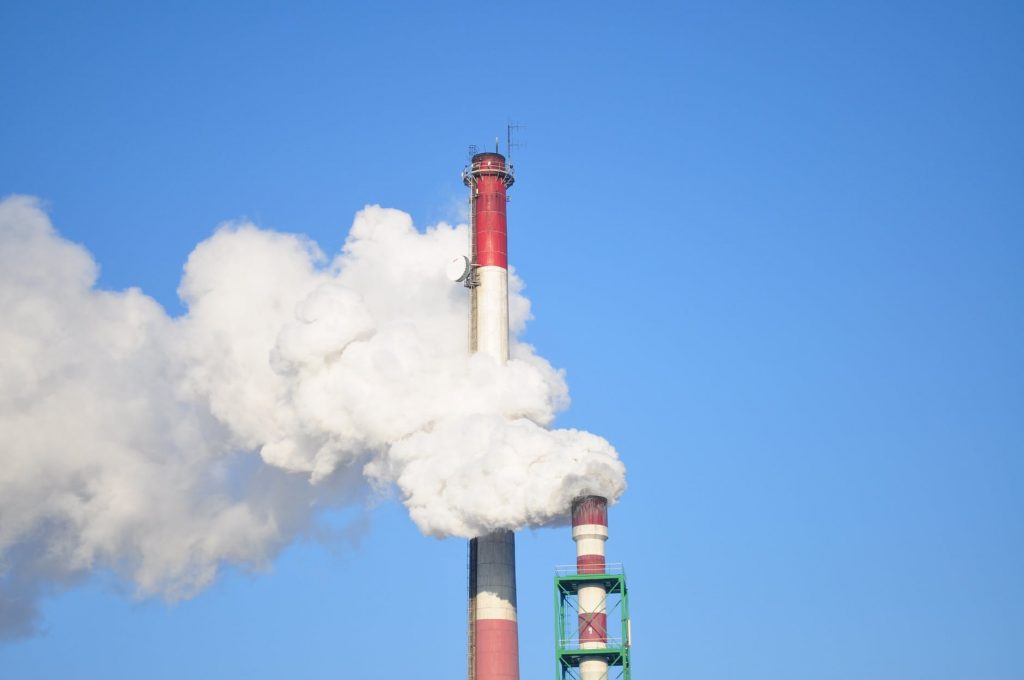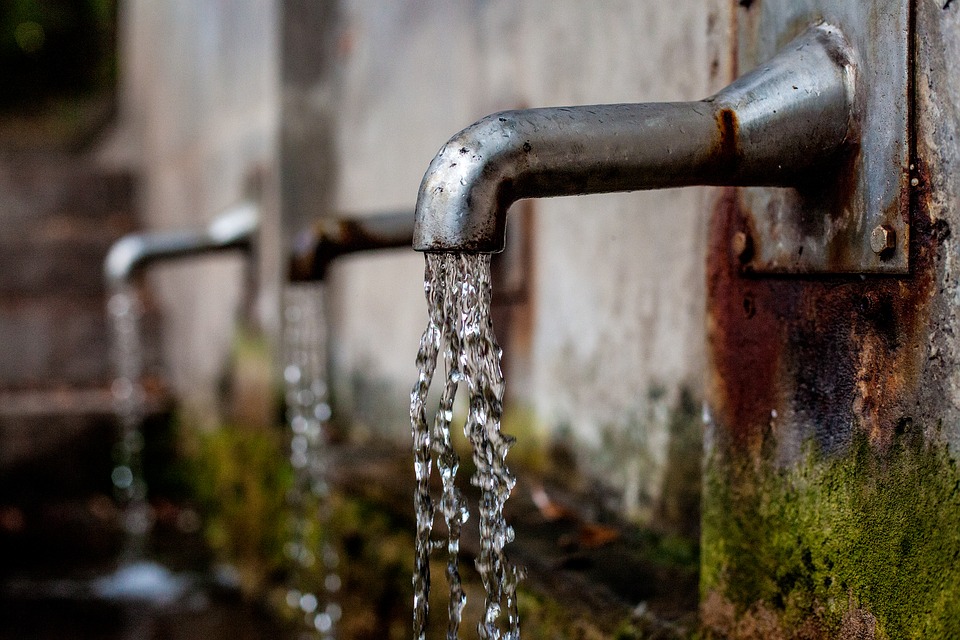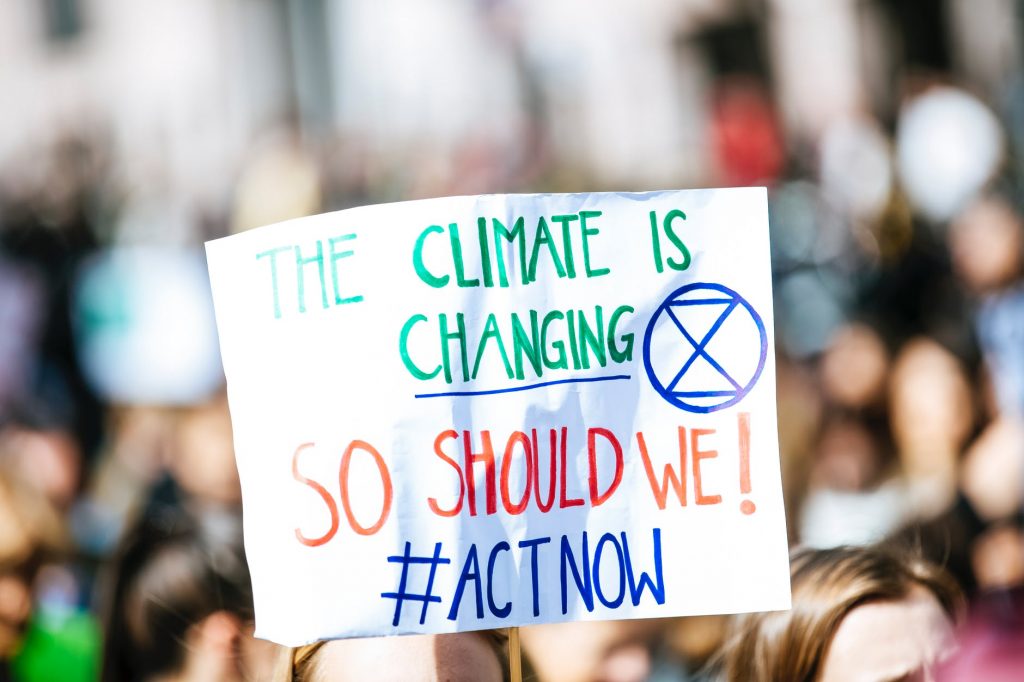21 Ways to Fight Climate Change
Share it on:


Yes! We can all take notice of our environment. We can learn how our planet works. We can learn how to live on it without making a mess. We can help to keep it magnificent for ourselves, our children and grandchildren, and other living things besides us.
The good news is that although there are many challenges to overcome, we’re not alone! As demonstrated by several national and global movements, millions of people are concerned enough to take direct action by protesting, organizing, and speaking truth to power.
So what can you do today to stop climate change in its tracks? There’s plenty you can do right now to make a difference. And who knows? Maybe you’ll inspire a movement of your own!
- Recycle, Recycle, Recycle!
You’ve heard this a million times before, and it’s hard to know what is recyclable these days. But recycling remains a useful and important way to reduce your carbon footprint.
Recycled aluminum products use 95 percent less energy than creating new ones. About 50 percent of recycled materials come from households; if that number were to increase to 65 percent, at-home recycling could prevent 2.8 gigatons of carbon emissions. However, recycling wrong can slow the system and create more waste, so be sure to rinse out your recyclables and stay up to date on local regulations to ensure what you recycle isn’t causing contamination.
- Minimize Use of Plastics
Plastic is present in pretty much every aspect of our lives. However, the durability of the material (which also makes it so popular) is also its most extreme disadvantage. We’re struggling to get rid of it. Plastic has found its way pretty much everywhere – on streets, in rivers, on the beach, in cosmetics, in wastewater, in our clothing, even in the air we breathe. And there’s also a close connection between climate change and our massive global plastic problem. Almost every plastic is produced from fossil fuels – and in every single phase of its life cycle, plastic emits greenhouse gases. But there are already a lot of alternatives available. Use items like metal or paper straws for drinks. Opt for paper options when buying disposable plates or cups.
- Use Renewable Energy Sources
It’s no secret that extracting fossil fuels is wrecking our planet. But even if you can’t afford to buy a Tesla, there’s plenty of ways you can reduce energy consumption! A simple first step is to replace all of your light bulbs with LEDs. LEDs (light-emitting diodes) use 90 percent less energy than incandescent bulbs and half as much as compact fluorescents. Switching your home to LED lights will reduce cooling bills. They also last longer than other bulbs, so choosing them will bring long-term savings. According to Project Drawdown, universal adoption of LEDs could prevent 7.8 gigatons of carbon emissions.

- Install Better Insulation in Your Home
One of the most cost-effective and accessible tools to fight the climate crisis is better insulation. Older homes can lose up to 35 percent of heat through their walls. Modern insulation reduces the energy needed to heat a home, therefore reducing emissions and saving you money. If even half of existing buildings installed thicker insulation, 8.3 gigatons of emissions could be avoided. That’s more than overhauling efficiency for the entire international shipping industry!
- Explore Solar Power Options
Installing solar panels can decrease greenhouse gas emissions! The benefits of using solar energy have been campaigned repeatedly, and with a purpose. Utilizing it to generate power for your home or business can significantly reduce the emissions of CO2 by decreasing the demand for fossil fuels. This will minimize greenhouse gas emissions and can reduce our carbon footprint.
- Green Up Your Commute
Much like replacing fossil fuel necessities for powering your home, gas-powered vehicles guzzle up fossil fuels, clogged highways, and spew out toxic greenhouse gases! That adds up to a TON of pollution each year. Whenever possible, hop on a bus or train, or lace up your walking shoes! The planet will thank you!

- Take More Bike Rides!
Still the number one form of sustainable transportation: The bicycle! In the age of electric scooters and mopeds, the pedal-powered bicycle is still the best solution when it comes to protecting the climate. You can travel faster on a bike in most cities than by car, bus, or train. And to make the whole thing even more fun: Whether you’re looking for a nice new cycle route to work, want to do some sports, or discover nature, many apps can track your miles or show you new routes to take.
- Rethink Transportation
Using alternative ways to get around day to day, less use of the world’s transportation systems, both commercial and personal, would save as much CO2 as one billion acres of regenerative agriculture. For example, commercial trucks account for six percent of the world’s emissions, which is more than the collective emissions of airplanes worldwide. While individuals can’t revolutionize the shipping, flight, and automobile industries overnight, we can work towards changes to our public transit systems so they can use electric or hybrid vehicles.
- Fly Less
Of course, there are no other means of transport that can get us from Point A to Point B as fast as the airplane. But, at the same time, there is hardly any other activity in which a single person can emit such large quantities of CO2 in such a short time. So a simple solution is to minimize air travel as much as possible. By doing so, you will feel better about working towards saving the environment. And for those few flights that you simply cannot avoid, there is always the chance to offset your emissions. It doesn’t cancel out the damage done, but at least it goes some way towards fighting for climate change.
- Minimize Water Use
It may not seem like much, but it can be easy to waste water when it flows freely from the tap in your home faucets. Those whot live in water-stressed areas and have to walk miles to get it, know how precious fresh water can be. You can reduce your water usage by taking shorter showers, watering your lawn less frequently, fixing leaky pipes, and even making changes to your diet and food selections!

- Eat Less Meat!
There’s no getting around it: eating factory-farmed animals from thousands of miles away is just plain bad for our health, the planet, and our wallets. Try incorporating more local, plant-based meals into your diet. You might be pleasantly surprised by how delicious vegetables can be! Recent statistics show meat and dairy production is estimated to be responsible for 12-17% of total greenhouse gas emissions just in Europe alone! The global livestock industry produces more greenhouse gas emissions throughout the world than all cars, planes, trains, and ships combined. That doesn’t mean that everyone has to become vegan or vegetarian – even a small shift in diets, with a reduction in meat and dairy products and more plant-based foods instead, could reduce the pressure that agriculture places on the environment. We could reduce carbon emissions by 66 gigatons!
- Eliminate Food Waste
Food waste in the US occurs mostly in stores and at home, either because it spoils on the store shelf or before we can eat it. According to a recent study, Americans throw away up to 40 percent of the food they buy. We can combat food waste by shopping for what you need, eating leftovers, composting scraps, and donating excess to food banks. You can find a local food bank in your area that will take donations anytime. Curbing food waste could avoid close to 70 gigatons of CO2! That’s a bigger impact than restoring 435 million acres of tropical forest.
- Learn About Composting
We waste a lot of food for a world plagued by food insecurity. Thankfully, anyone can compost their waste at home. It’s simple, effective, and packs a powerful nutritional punch for plants. Look for compost guide information at your local library or learn how to reduce waste at home! The compost that soil produces contributes to climate change mitigation by improving the soil’s ability to stabilize carbon and by increasing plant growth, thereby pulling more carbon dioxide out of the atmosphere. Simply, composting is good for several reasons: It saves water by helping the soil hold moisture and reduce water runoff. It also benefits the environment by recycling organic resources while conserving landfill space.
- Buy Less, Save More
Choosing to buy less or not at all is the original mantra for saving money. Add “Refuse” to the three R’s you’ve already heard of: Reduce, Reuse, Recycle! When you don’t buy, you cut down on the amount that you contribute to landfills. The carbon footprint of refusing is hard to calculate because it varies from person to person, but just tracking your finances and spending habits can help you determine your current ecological footprint and offer actionable solutions for change, including buying less that you don’t necessarily need. If we own less and use more things collectively, we need to produce fewer things, which saves on resources. Sharing cars, exchanging clothes, lending and borrowing tools — there are multiple possibilities for collective consumption.
- Shrink Your Digital Footprint
Every time you use the internet, you release CO2. Search queries we type, emails we send or receive, even songs we stream cause CO2 emissions. Why? Because energy is needed for all the data we’re producing – and a lot of it! The use of digital technologies has overtaken even the aviation industry in terms of CO2 emissions. Let’s tackle the root of the problem. Consider the number one power-guzzler in the digital world: streaming video services. In order to view our screens on-demand, streaming video services need a lot of bits and bytes. One single provider, such as Netflix, currently consumes 15 percent of the world’s internet bandwidth. If you’re a fan of a certain playlist or show, maybe try downloading them rather than streaming them each time you want to watch or listen. You can also help by switching to a “green” search engine. Even just cleaning up your email inbox can help you save on emissions each day!
- Get Involved
Countless reports have stressed the urgency of taking action now. If we are to stand a chance of halting the most devastating consequences of climate change, people of all ages should get involved. Far too little has happened thus far, but the voices from a growing, concerned society are getting louder. There are a number of movements and organizations in which people regularly take to the streets to demonstrate for more political action to protect the climate. Using civil disobedience and non-violent resistance allows anyone to join and take a stand for the climate today!

- If You Can, Vote!
Climate change has implications on local, national, and global levels. While the average person isn’t responsible for governing a nation, we are responsible for deciding who does. Vote for a climate activist, support comprehensive climate policies, and use your voice as a citizen to contact legislators when you disagree. Results of elections will determine how elected leaders will work to fight catastrophic climate change. Make sure to vote for climate-conscious representatives. Urge them to commit to setting science-based targets to reduce emissions, implement clear plans for addressing climate change, and shift to clean energy efforts.
- Volunteer Locally
Yes, the greatest threat this generation will face is climate change. Without a habitable earth to live on, what do we have left? What can we do to tackle the problem? Wait for politicians to act and hope that they’ll make the right decisions before it’s too late? So far, waiting hasn’t proved to be an effective solution, with little, if any, effective action being taken. So it’s more important than ever to take matters into our own hands. Look for ways to Volunteer locally in your area to empower and educate fellow environmentalists on ways to fight climate change. Support mentoring programs and participate in microeconomics initiatives that help people start small but grow sustainable businesses!
- Plant Trees and Pollinator Friendly Plants
When it comes to protecting the climate, trees are the real, reliable way to help the planet. Planting them has consistently ranked as the #1 climate change solution. That’s because trees help clean the air, stabilize the soil, protect biodiversity, offset carbon, and so much more. You can also turn your yard or balcony into a pollinator oasis! Support your local environment by planting native, pollinator-friendly flowers and herbs in containers on your patio or directly in the ground in your backyard!

- Divest and Be Money Smart
The largest source of greenhouse gas emissions comes from fossil fuels. Divesting means taking your money out of institutions that fund fossil fuel expansion, which can eventually dry up funding to those projects. So far, the fossil fuel divestment movement has removed $9.94 trillion from fossil fuel companies. You can learn more about using your money wisely and being socially responsible by talking with financial advisors. Keep in mind that just 100 fossil fuel companies are responsible for 71% of global greenhouse gas emissions, leading many schools and faith groups to divest fossil fuels altogether. Make sure that your workplace, university, or bank doesn’t invest in them. If they do, start a divestment campaign of your own!
- Stay Informed!
You are already on a fast track to helping fight climate change in 2022 by researching and staying informed on the latest environmental news and updates. Making a choice to take steps to protect the climate and environment will ensure you are doing your part to make the world a better, and more sustainable place, for years to come!



